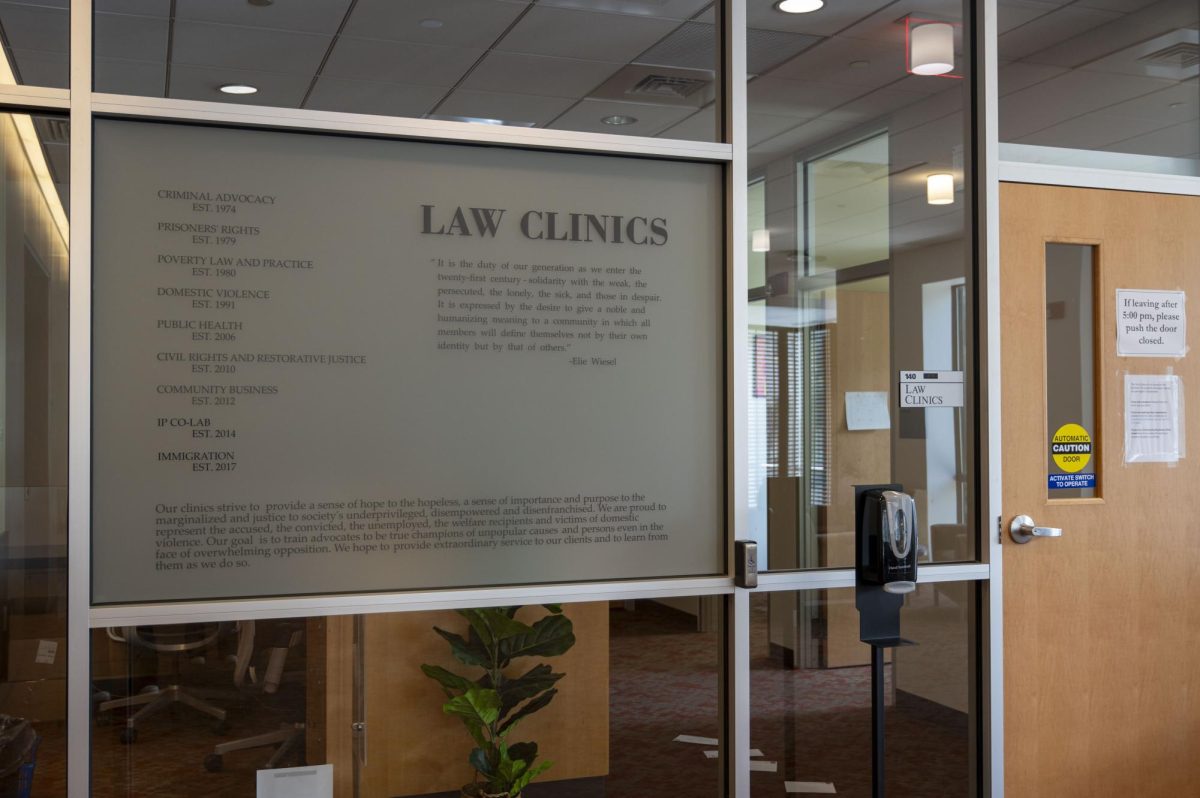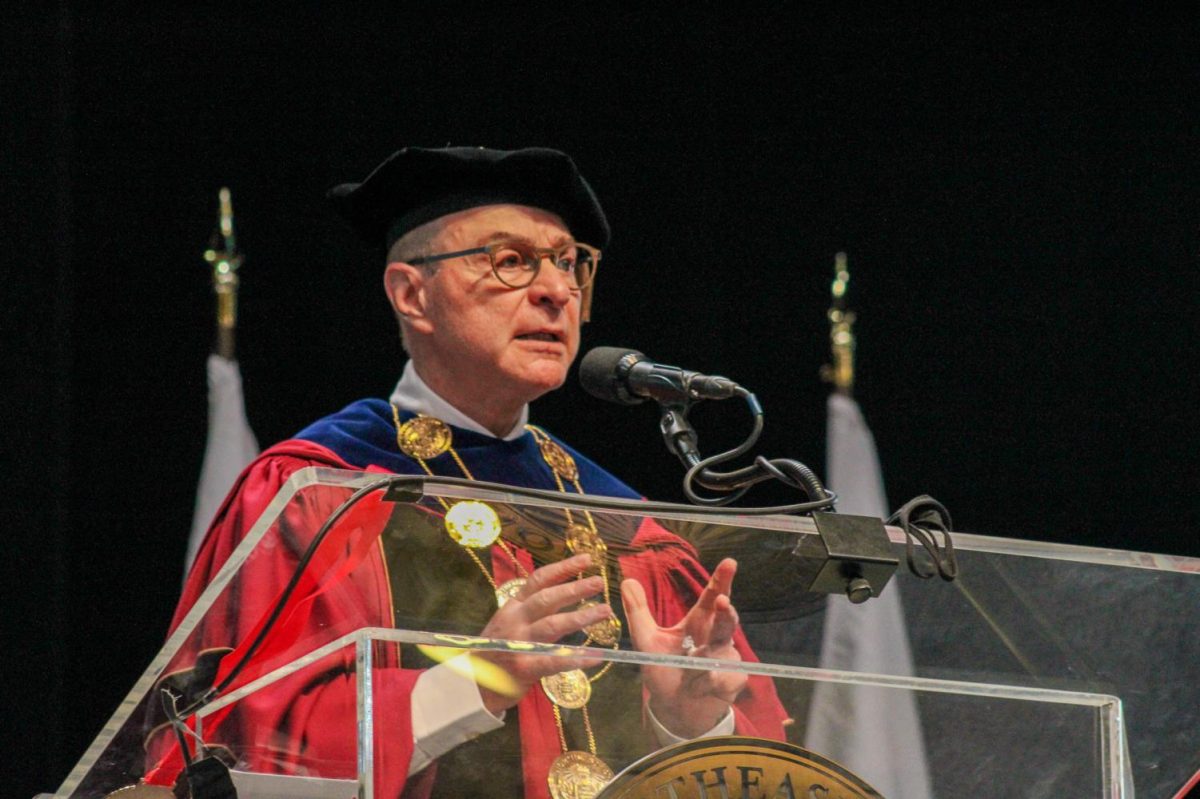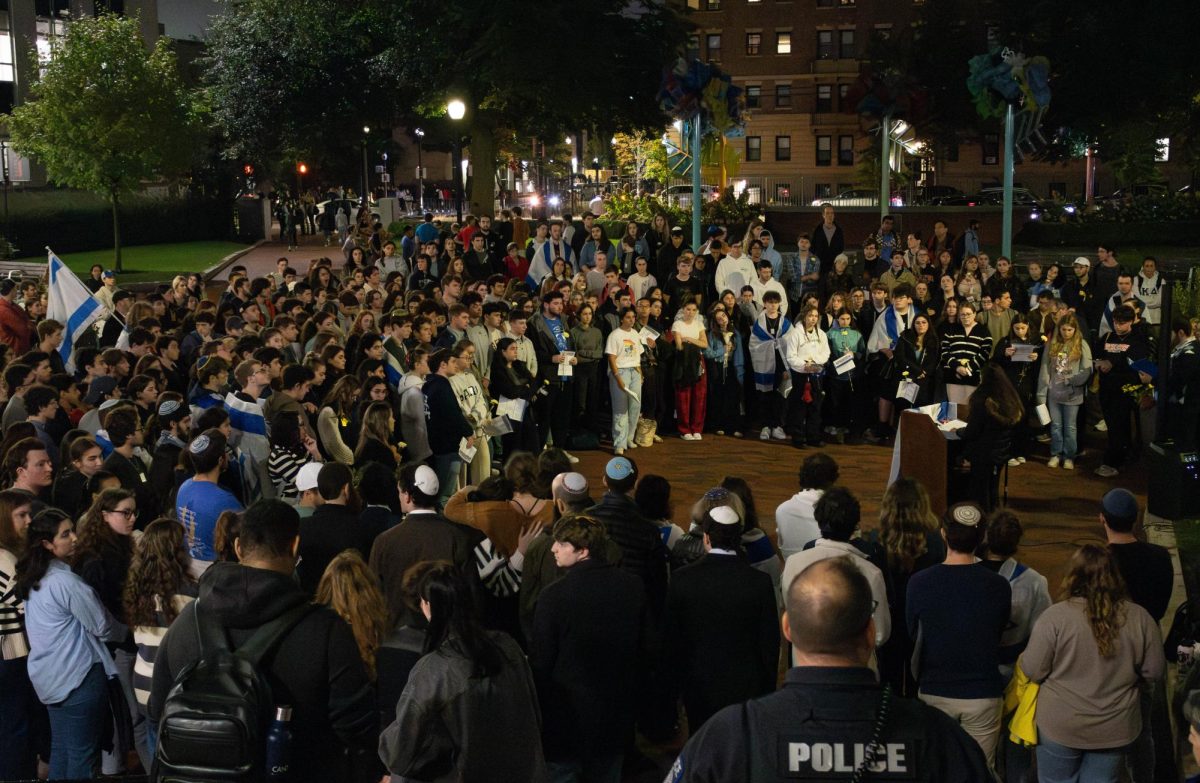The Husky Energy Action Team (HEAT) has been working diligently since our founding last fall to make energy conservation a No. 1 priority on campus. This past June, President Joseph Aoun signed the President’s Climate Commitment along with more than 380 other universities nationwide, committing Northeastern to climate neutrality. Climate neutrality is the idea of offsetting greenhouse gases produced so that the net carbon output is effectively zero. This can be achieved through a reduction in energy consumption combined with purchasing renewable energies, like wind, solar and geothermal energy.
HEAT works with the administration, attending the meetings of Northeastern’s newly formed Sustainability Committee. The administration and HEAT have worked to make a new residence hall and office building called Parcel 18 as energy efficient as possible. It will use a green roof, with vegetation planted on the roof to naturally keep the building cooler in the summer and warmer in the winter. The green roof will also control water runoff and include a deck for student access.
As an individual there are several things you can do to reduce your carbon footprint. A carbon footprint is a measure of the impact human activities have on the environment in terms of the amount of greenhouse gases produced, measured in units of carbon dioxide. Every individual has a carbon footprint they are responsible for and can actively reduce.
Here’s a list of simple things you can do immediately, which will start to reduce your contribution to global warming. The items in this list will cost you little, and will, in fact, save you money. You can sign up to with a green energy supplier, who will supply electricity from renewable sources. Turn off electronics when not in use. Turn down central heating slightly. Fill your dish washer and washing machine with a full load – this will save you water, electricity and washing powder. Unplug your mobile phone as soon as it has finished charging.
The following is a list of items that may take an initial investment, but should pay for themselves during the course of one to four years through savings on your energy bills. Use energy saving light bulbs, like CFLS, compact florescent lights. They can be found in almost any store, including True Value and CVS. Ask your landlord to replace your old refrigerator or freezer (if it is more than 15 years old), with a new one with an energy efficiency rating of “A”.
As well as your primary carbon footprint, there is also a secondary footprint that you cause through buying habits. Don’t buy bottled water. Buy local fruit and vegetables. Don’t buy fresh fruit and vegetables that are out of season, they may have been flown in, and most frozen fruit and vegetables have a higher nutrient content then those that have traveled long distances to reach your grocery store. Recycle as much as possible.
In addition there is your footprint at work. Do you leave your computer and monitor on when you are away from your desk? Do you leave the lights on when you leave the office? Do you print documents unnecessarily – and could you print two pages to a side and double sided? Make smart choices!
You can calculate your carbon footprint at www.carbonfootprint.com.
HEAT meets every Monday in 322 Curry Student Center at 8 p.m. Come join our discussion and be an active part of the solution. HEAT can be reached at ww.heat.neu.edu. Also visit www.aashe.org to see what other universities are doing about global warming.
– Amanda O’Brien is a senior finance and accounting major and co-director of the Huskies Energy Action Team.








